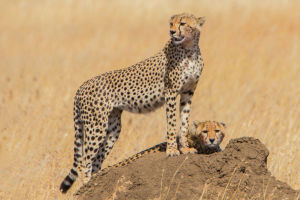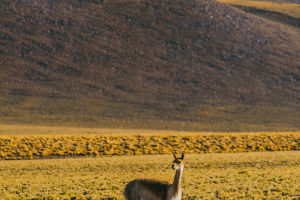Hey, Lykkers, are you ready to walk into the fascinating world of brown bears, from their diverse habitats to their crucial ecological roles? They are amazing animals!
Now, let's start our journey to discover their habitat, size, types, and significance!
Introduction to Brown Bears
Brown bears (Ursus arctos) are large mammals known for their impressive size and strength. They inhabit diverse regions, including forests, mountains, and tundras, and are primarily found in North America, Europe, and Asia. In their kingdom, adult males can weigh between 300 to 860 pounds (136 to 390 kilograms), while females are slightly smaller.
They are apex predators and omnivores, feeding on a varied diet of plants, insects, fish, and small mammals, playing a vital role in maintaining the balance of their ecosystems.
Global Distribution and Types
These furry friends are widespread, with their presence noted in several regions worldwide. The most well-known subspecies include the Kodiak bear, the Eurasian brown bear, and the grizzly bear.
1. Kodiak Bear: Found exclusively on the Kodiak Archipelago in Alaska, these bears are among the largest brown bears. They can grow up to 10 feet tall when standing on their hind legs and weigh up to 1,500 pounds.
2. Eurasian Brown Bear: This subspecies is spread across Europe and Asia. They are generally smaller than their North American counterparts but are equally formidable. They are known for their adaptability to various habitats.
3. Grizzly Bear: Predominantly found in North America, grizzly bears are a symbol of the wilderness. They are distinguished by the hump on their shoulders and are highly skilled fishers, especially during salmon spawning seasons!
Interesting Facts about Brown Bears
Hibernation: These brown animals hibernate during the winter months. They prepare by eating large amounts of food in the fall to build up fat reserves. During hibernation, their heart rate drops significantly, and they do not eat or drink.
Communication: Brown bears communicate through vocalizations, body language, and scent marking. They can make sounds ranging from growls and roars to grunts and moans.
Intelligence: These bears are highly intelligent, with excellent memory and problem-solving skills. They have been observed using tools and solving complex puzzles to obtain food.
Lifespan: In the wild, brown bears can live up to 25 years, though many do not reach this age due to environmental hazards.
Ecological Importance
Brown bears are keystone species, meaning their presence and activities significantly impact their environment. By dispersing seeds through their scat and regulating prey populations, they help maintain the health and balance of their ecosystems. Their digging behavior aerates the soil, promoting plant growth and benefiting other wildlife.
Alright, Lykkers, that's a wrap on today's chat about our brown buddies! Hope you learned something new! Stay tuned for more, and we'll catch you next time!


